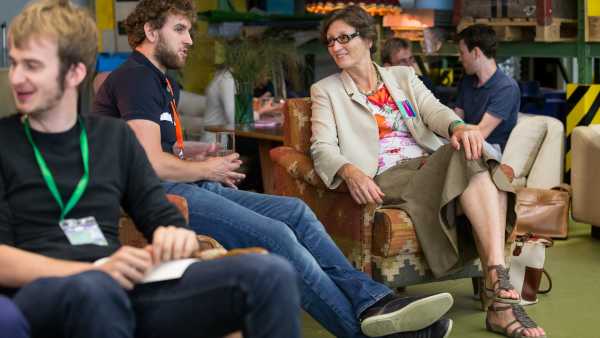Challenging Water (2016)
Water is a fascinating liquid that keeps our bodies running, powers our turbines, and makes our crops grow. But water also presents many challenges: We often have too little or too much, or it is polluted. Global water resources are unevenly distributed and different sectors compete for them – with side effects for people and the environment. National interests can even spark conflicts over water allocation. Water issues are therefore as complex as they are relevant. During the second ETH Week in September 2016 participants addressed the challenge of water in all its dimensions.
Meet the teams of 2016:
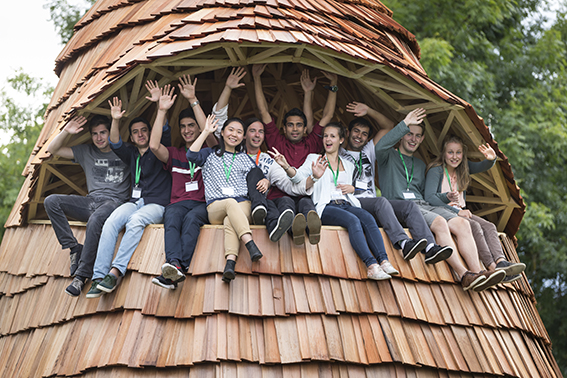 The campaign
Choose to save Water is based on the assumption that Swiss consumers need to be aware of the water footprint of agricultural products, as agriculture accounts for 70% of the global water consumption. It involves diverse media as well as a certification label.
The campaign
Choose to save Water is based on the assumption that Swiss consumers need to be aware of the water footprint of agricultural products, as agriculture accounts for 70% of the global water consumption. It involves diverse media as well as a certification label.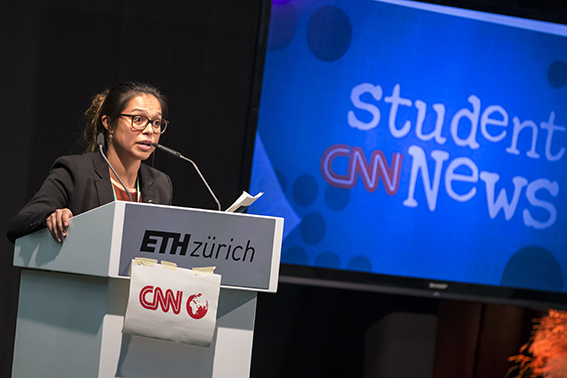 Although water sources are highly exploited, the problem is not sufficiently covered in education. Therefore, project
Blue Bubble suggests raising awareness in Swiss primary schools by a small, portable device that symbolically looses water whenever water is spent in daily life.
Although water sources are highly exploited, the problem is not sufficiently covered in education. Therefore, project
Blue Bubble suggests raising awareness in Swiss primary schools by a small, portable device that symbolically looses water whenever water is spent in daily life.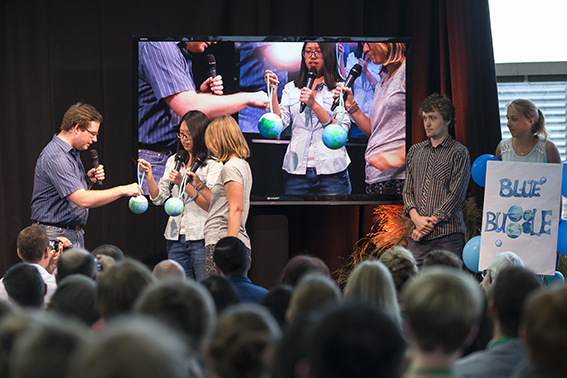 Aqua for Life is an app informing the Swiss user about the high water consumption of agricultural products in order to change their eating habits. Next to educational videos, a ranking enables the users to monitor their own behavior and compare with others.
Aqua for Life is an app informing the Swiss user about the high water consumption of agricultural products in order to change their eating habits. Next to educational videos, a ranking enables the users to monitor their own behavior and compare with others.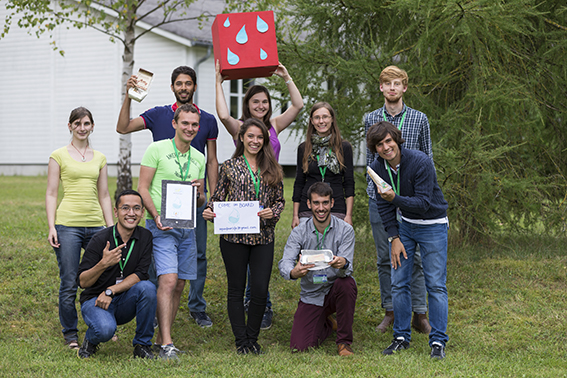 Much of the water used for showering is being flushed down the drain at a high temperature. Project
Stayhot suggests adding a heat exchanger. The heat of wastewater can be transferred to the fresh water, reducing the amount of energy used by 300 kWh per person per year.
Much of the water used for showering is being flushed down the drain at a high temperature. Project
Stayhot suggests adding a heat exchanger. The heat of wastewater can be transferred to the fresh water, reducing the amount of energy used by 300 kWh per person per year.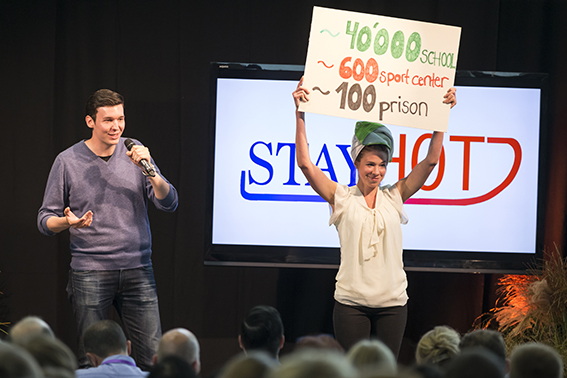 The operation of hydropower dams affects the migration and survival of fish.
Smart Fish aims at equipping fish with a sensor collecting data of the water quality, providing Swiss ecologists and hydropower producers with relevant data.
The operation of hydropower dams affects the migration and survival of fish.
Smart Fish aims at equipping fish with a sensor collecting data of the water quality, providing Swiss ecologists and hydropower producers with relevant data.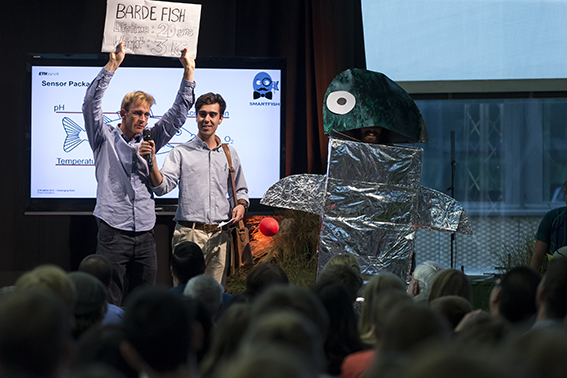 Swiss NGOs need effective and cheap ways to collect data from areas that lack of information about water quality and quantity. By using the distribution networks of industries like Coca Cola, project
Message in a Bottle can reach the population of remote areas with just a coke crate.
Swiss NGOs need effective and cheap ways to collect data from areas that lack of information about water quality and quantity. By using the distribution networks of industries like Coca Cola, project
Message in a Bottle can reach the population of remote areas with just a coke crate.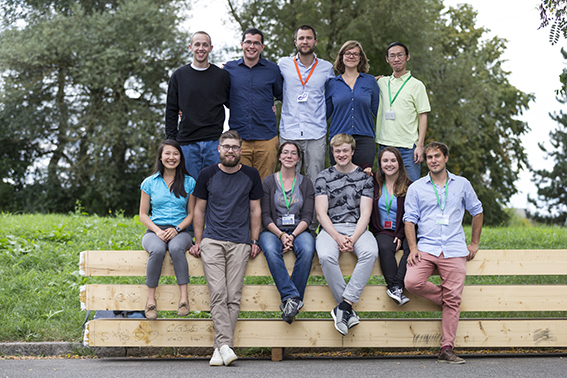 In project
Save-o-Pillar, customers of a supermarket can see how much water they saved with the product they just purchased, based on the underlying assumption that Swiss consumers need to be more aware of their consumption of virtual water.
In project
Save-o-Pillar, customers of a supermarket can see how much water they saved with the product they just purchased, based on the underlying assumption that Swiss consumers need to be more aware of their consumption of virtual water.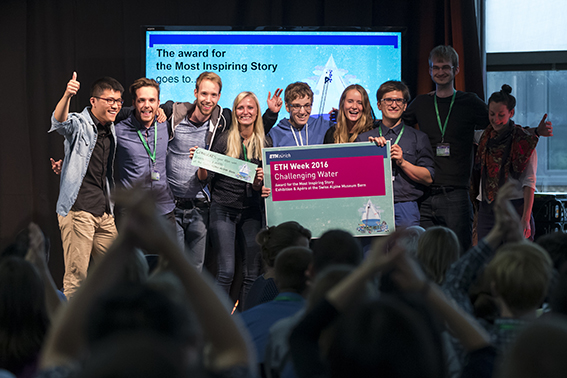 Swiss NGOs need an inexpensive mobile and quick water quality testing device to collect data in countries with water scarcity. With
BluSense, the team aimed at developing a portable measurement device for water analysis, substituting common methods of lab inspection and reducing testing time.
Swiss NGOs need an inexpensive mobile and quick water quality testing device to collect data in countries with water scarcity. With
BluSense, the team aimed at developing a portable measurement device for water analysis, substituting common methods of lab inspection and reducing testing time.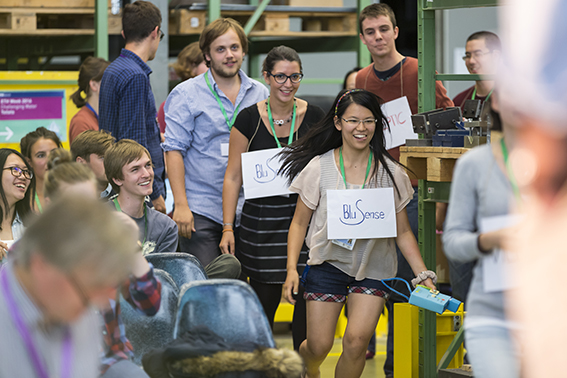 Currently, 30 % of Switzerland’s drinking water is flushed down the toilet, which could become a problem in dry summers in the future. Project
Make grey Water great again allows for reducing the consumption of drinking water up to 20% by using grey water from the shower to flush the toilet.
Currently, 30 % of Switzerland’s drinking water is flushed down the toilet, which could become a problem in dry summers in the future. Project
Make grey Water great again allows for reducing the consumption of drinking water up to 20% by using grey water from the shower to flush the toilet.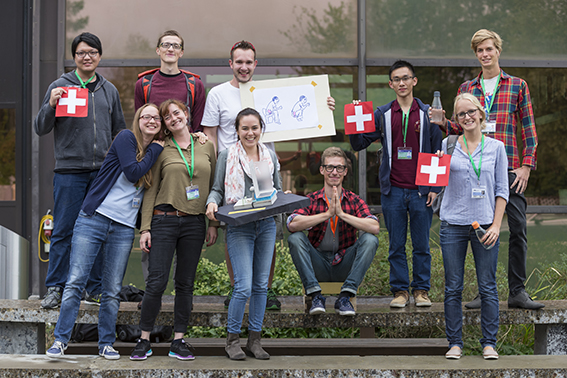 Blue Village is suggesting a decentralized water system, allowing Swiss households with an interest in sustainability to live off the grid by collecting and using rainwater. The system consists out of various elements, like a rainwater storage tank and a rainwater purification system.
Blue Village is suggesting a decentralized water system, allowing Swiss households with an interest in sustainability to live off the grid by collecting and using rainwater. The system consists out of various elements, like a rainwater storage tank and a rainwater purification system. Based on the assumption that sanitation infrastructure installed by NGOs are not used or properly maintained in countries with public health issues,
Mission WASH aims at connecting NGOs and the religious leaders of a community, assuming that religious leaders are able to motivate a behavioral change in people.
Based on the assumption that sanitation infrastructure installed by NGOs are not used or properly maintained in countries with public health issues,
Mission WASH aims at connecting NGOs and the religious leaders of a community, assuming that religious leaders are able to motivate a behavioral change in people. PoopTube suggest implementing waterless toilets in third world countries in schools in order to motivate young girls to go to school. The feces are stored in a tube, which can be removed and used as fertilizer after decomposition.
PoopTube suggest implementing waterless toilets in third world countries in schools in order to motivate young girls to go to school. The feces are stored in a tube, which can be removed and used as fertilizer after decomposition.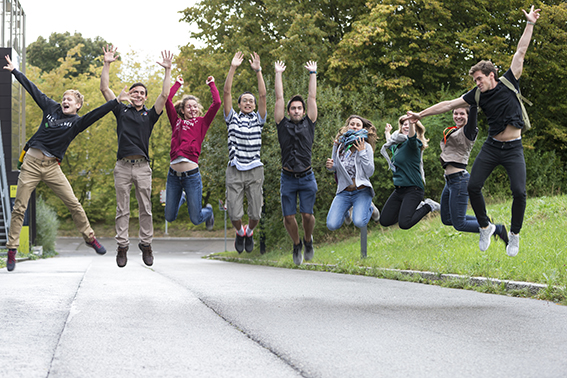 Although being more efficient, hydroponic products are not trusted in Switzerland. The projects
Hydroponics for Children aims at improving the perception of hydroponically farmed products by installing small hydroponic gardens in schools.
Although being more efficient, hydroponic products are not trusted in Switzerland. The projects
Hydroponics for Children aims at improving the perception of hydroponically farmed products by installing small hydroponic gardens in schools.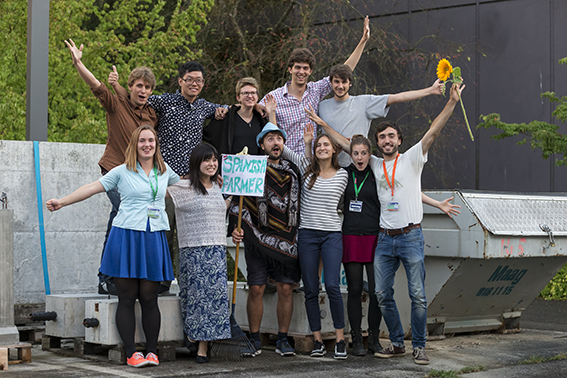 ActDrain 2000 is a rainwater storage device helping environmentally conscious people in urban areas to collect rainfall to water their balcony plants instead of using valuable tap water. The device can be added to the existing drainage system of a building.
ActDrain 2000 is a rainwater storage device helping environmentally conscious people in urban areas to collect rainfall to water their balcony plants instead of using valuable tap water. The device can be added to the existing drainage system of a building.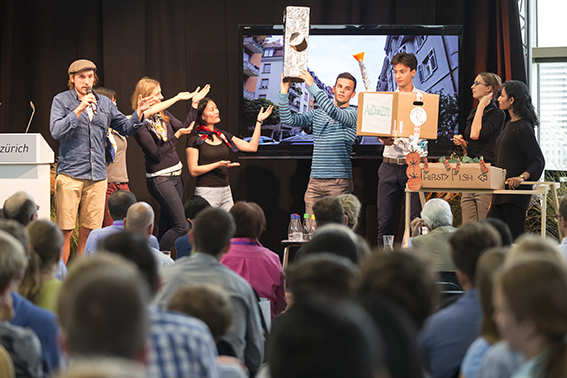 Flourish it is a portable toilet enabling Swiss hikers to dispose of their feces without contaminating surrounding water resources with a twist: After the feces are decomposed, they become a fertilizer for the flower seeds integrated in the lid.
Flourish it is a portable toilet enabling Swiss hikers to dispose of their feces without contaminating surrounding water resources with a twist: After the feces are decomposed, they become a fertilizer for the flower seeds integrated in the lid.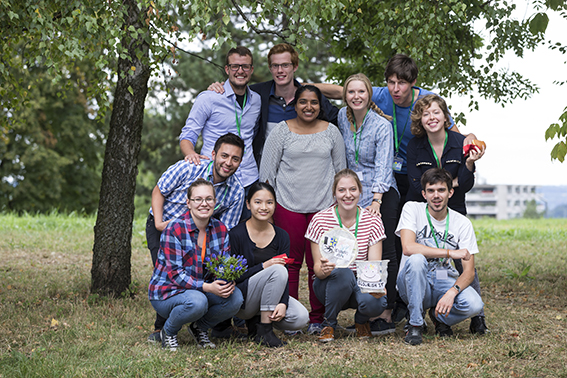 1 of 3 persons in the world is lacking sanitation. Project
PupiTruck is travelling though Switzerland to educate school children about sanitation issues. The advantages of a biodegradable toilet are explained to the children in an interactive way.
1 of 3 persons in the world is lacking sanitation. Project
PupiTruck is travelling though Switzerland to educate school children about sanitation issues. The advantages of a biodegradable toilet are explained to the children in an interactive way.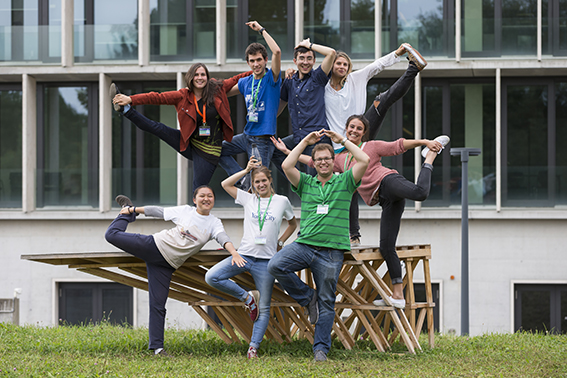 Project
Aquopia aims at establishing a closed water cycle within a community, scaling down and decentralizing a water treatment technology for environmentally conscious Swiss households.
Project
Aquopia aims at establishing a closed water cycle within a community, scaling down and decentralizing a water treatment technology for environmentally conscious Swiss households.
Participants encountered the following questions during ETH Week 2016: What roles can people and industries in Switzerland play in tackling major water challenges? How can your discipline improve the way we handle water – be it civil engineering, mathematics, information technology, economics, architecture, environmental science, or any other discipline. How can we feed our planet’s growing population while safeguarding its natural water resources? How can we design good water supply systems for people, industries and the environment. More information can be found in the detailed programme and Downloadworkbook (PDF, 1.6 MB)vertical_align_bottom.
Impressions of ETH Week 2016 "Challenging Water"
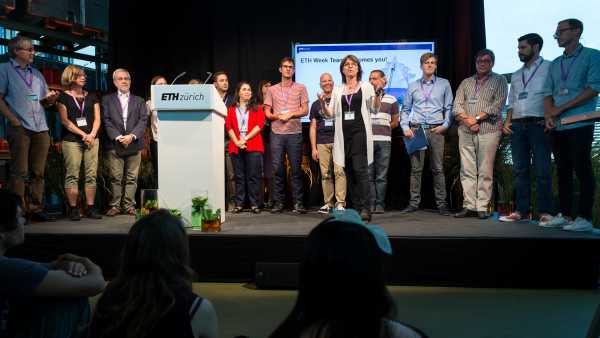 Team work during ETH Week 2016
Team work during ETH Week 2016 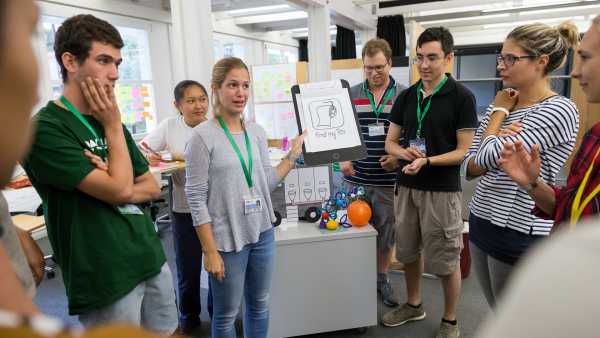 Team work during ETH Week 2016
Team work during ETH Week 2016 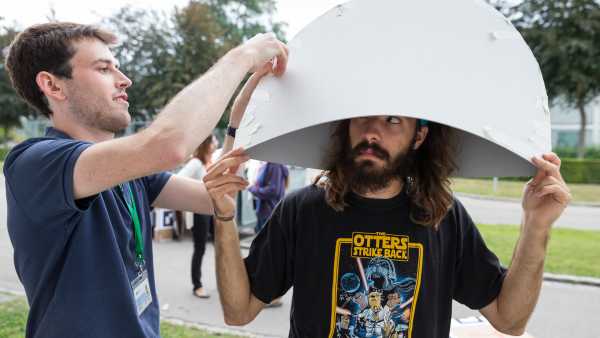 Lecture by Suzanne Thoma, CEO of BKW
Lecture by Suzanne Thoma, CEO of BKW Getting to know the team, ETH Week 2016
Getting to know the team, ETH Week 2016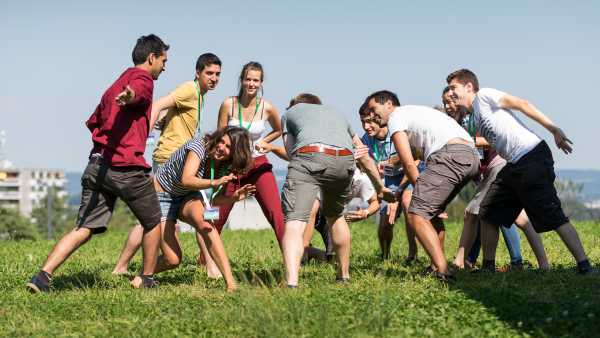 Design challenge during ETH Week 2016
Design challenge during ETH Week 2016 At the lake with long distance swimmer Ernst Bromeis
At the lake with long distance swimmer Ernst Bromeis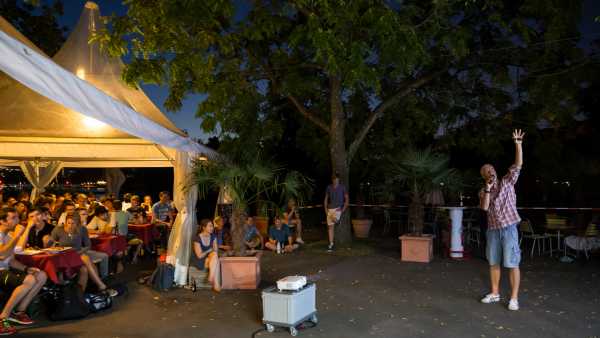 Prototyping during ETH Week 2016
Prototyping during ETH Week 2016 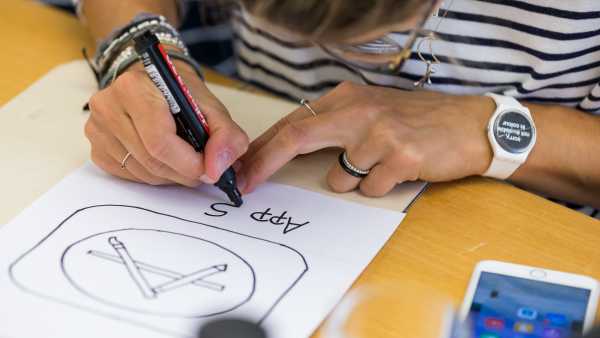 Running with the Rector Sarah Springman, ETH Week 2016
Running with the Rector Sarah Springman, ETH Week 2016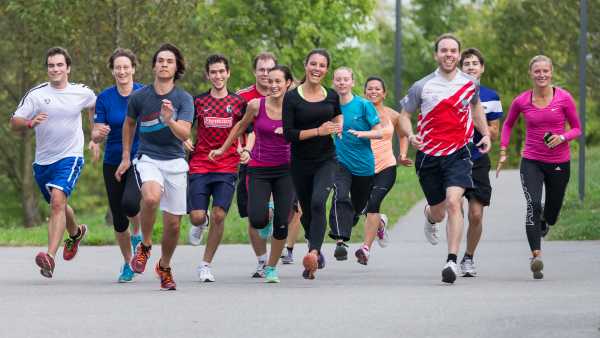 Challenging questions to invited speakers during ETH Week 2016
Challenging questions to invited speakers during ETH Week 2016 ETH Week 2016
ETH Week 2016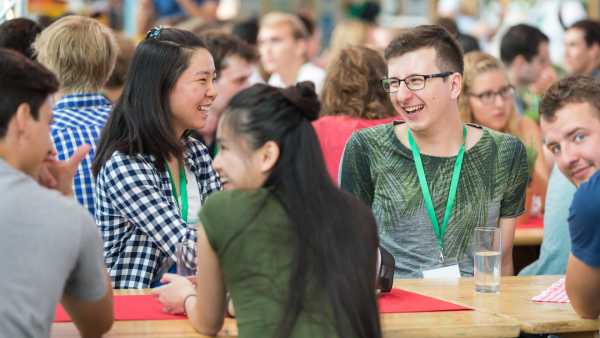 Expert input by Darcy Molnar from NADEL, ETH Week 2016
Expert input by Darcy Molnar from NADEL, ETH Week 2016 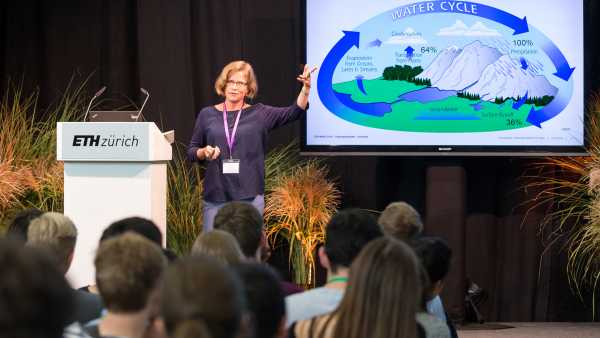 Getting to know the team during ETH Week 2016
Getting to know the team during ETH Week 2016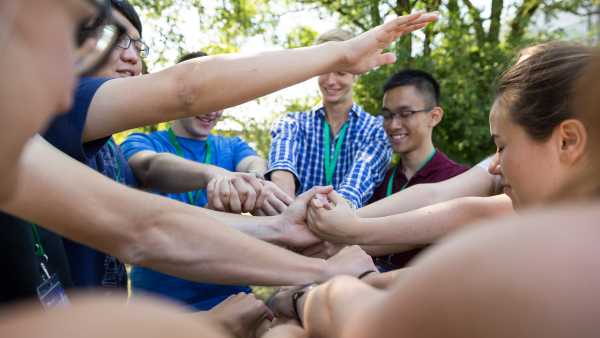 Unilever at the Knowledge Fair during ETH Week 2016
Unilever at the Knowledge Fair during ETH Week 2016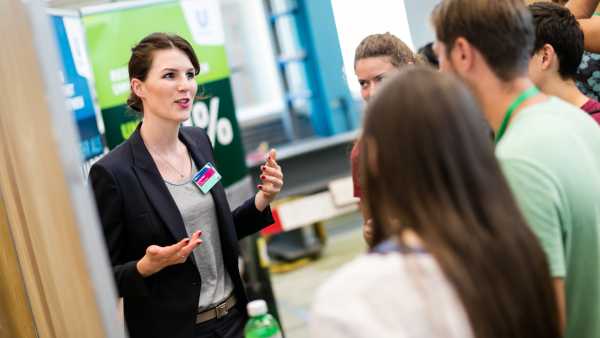 Sports program during ETH Week 2016
Sports program during ETH Week 2016 Excursion to a hydropower plant
Excursion to a hydropower plant Expectation-wall of ETH Week 2016
Expectation-wall of ETH Week 2016 Chatting with the rector Sarah Springman
Chatting with the rector Sarah Springman